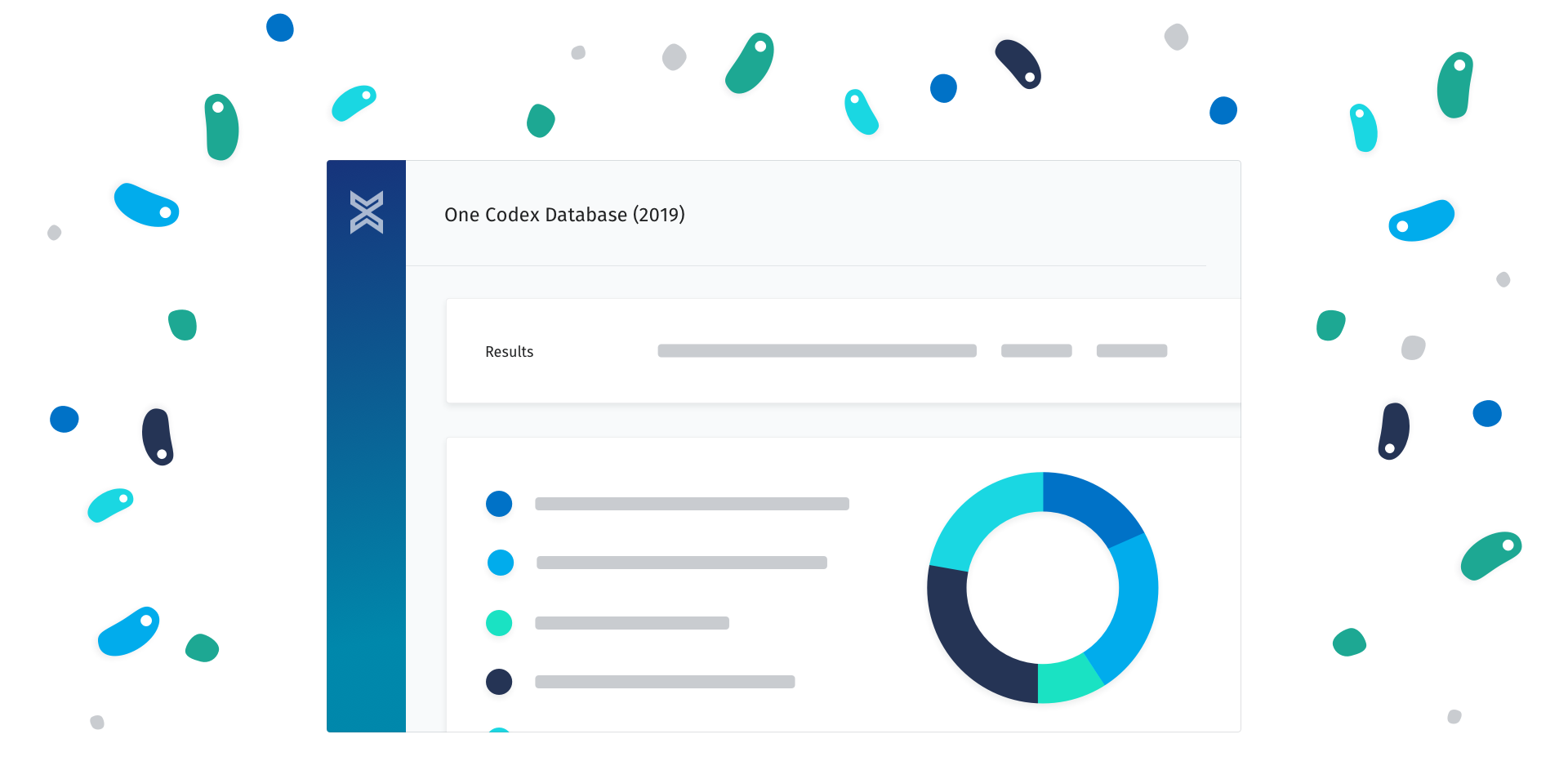
Growing to more than 100K curated genomes
The One Codex Database is the most complete, all-in-one microbial genomics database available, and is now more comprehensive than ever! We’re very excited to announce that we’ve just released the latest update to our One Codex Database for shotgun metagenomics, now containing over 40% more curated genomes with 114,505 in total.
What does this mean for you? Your shotgun microbiome analyses are now more accurate than ever, and one analysis provides a complete picture of all of the bacteria, viruses, and fungi in your samples. The One Codex Database lets you quickly and easily characterize everything in your shotgun sequencing data in minutes instead of days.